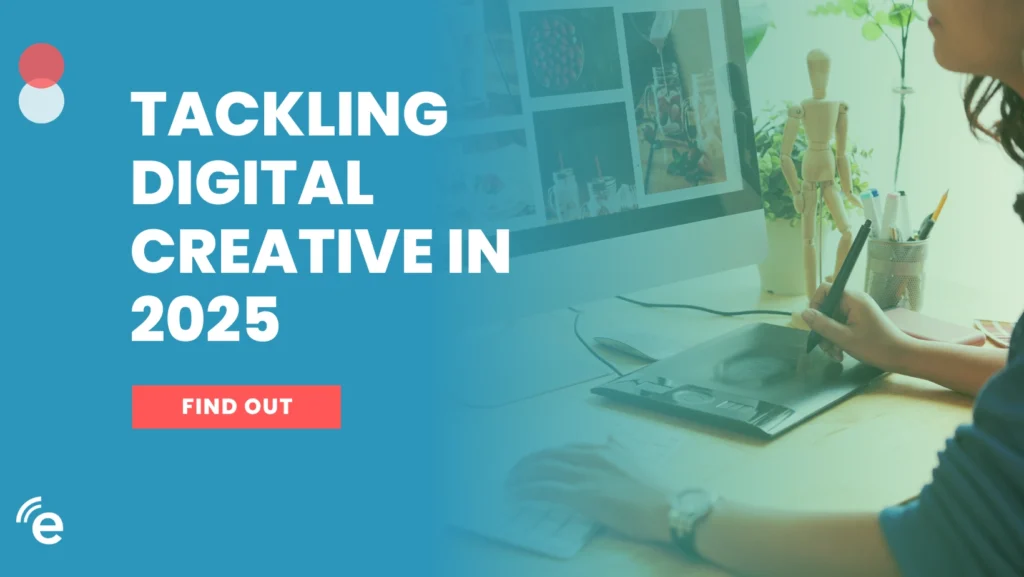Black Friday will be here before you know it, with Cyber Monday right on its tail. While we’ve already entered the month of November, there are still a few quick fixes you can institute to help gain every little bit of traction you can for the Q4 sales season. So without further ado, and in no particular order, here are 5 things you can implement fast for an improved e-commerce experience:
1) Mobile Payments
One of the simpler ways to expand your buying audience, reduce transaction times, and lower your bail-out rates is to offer one or more of the more popular mobile payments systems. Something as easy as a PayPal integration, as well as ApplePay or Google Pay can oftentimes make or break an online (and especially a mobile) transaction. One click and maybe a fingerprint swipe is a much smaller transaction hurdle than stopping what you’re doing, finding your credit card, and filling out forms. Like pretty much all things e-commerce, you can’t go wrong following Amazon’s approach to ease-of-transaction architecture. Don’t think it’s worth it? Look at this collection of case studies where brands reported immediate upticks of 10-20% when a digital wallet was added as a payment option.
2) CTA/Button Location
You want more than one, and you want them located as high up on the page as possible – especially when we’re talking about mobile users. The last thing you want to do is search through menus or thumb/scroll down to try and find the “buy now” button. This is the digital equivalent of being at the store, with your item in hand, only to find no one available to check you out. Have one CTA as close to the picture of the item as possible, and another one grouped more towards the specs or item details.
3) Streamlined Cart Experience
How many hurdles do you think your customer wants to jump through to complete a purchase? What if they are a regular shopper? Do you have their info set to automatically load and populate fields by default? Does the operation of your shopping cart follow a logical flow? Do you offer chances to review/amend your cart? And is each and every step in the transaction process clearly labeled/illustrated so the customer knows where they are, what they need to do, and how to fix it if something’s wrong? Finally, should something go wrong beyond the norm, is your support clearly visible on your cart page? User-testing your cart experience (even a quick and dirty IR) can yield insights you may have overlooked and can point you towards a solution (autofill, 1-click pay, visual cart progress) that will reduce bailout and improve conversions.
4) Site Speed
Especially in the mobile world we live in, site speed is absolutely critical. Fun (or not so fun depending on where you are with this issue) fact: 40% of people surveyed say they abandon a site if it takes more than 3 seconds to load.
THREE SECONDS! That’s all you get.
So how can you fix these issues? Start by testing your site’s speed with this handy tool from Google. While this tool will give you some high-level things to look for, a deeper dive into any bottlenecks on your site is crucial.
5) Stay Ahead of “The Fold”
Keep as much of the most relevant stuff on your pages as high up on the page as possible. While we can all appreciate the creative use of images and copy to help position/sell a brand, when it comes time to “seal the deal”, you’ll want to keep all the relevant links, buttons, and CTAs above the fold. What’s the fold you ask? The term is brought to us by way of print media, specifically, newspapers where the most prominent stories were front page. That front page, if you recall, was folded, with the bottom half of the front page being out of view and the top half of the front page being what you saw when you first encountered a newspaper. Fast-forward to today and your website, while not physically folded, has an initial state laid out in much the same way. Only instead of flipping over the analog newspaper, you have to scroll down on the digital website to see the rest of the page. This act of scrolling is a time waste and can be exacerbated on a mobile device where pages are compressed into lengthy vertical columns of information. The higher up the page (i.e. ahead of the fold) you can place your CTAs/buttons/payment options the better. If your users want to dig deeper for specs, options, similar items and the like, by all means, provide those details to them, but keep the money makers up top, above the (digital) fold.
While by no means exhaustive, these five are among the biggest hurdles to effective e-commerce conversions – and also some of the easiest to remedy.
As always, should you want to discuss the removal of any hurdles in your current e-commerce strategy, or perhaps want to build an e-commerce solution from the ground up, drop us a line, we’re always listening.


